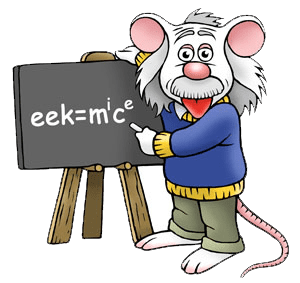Ozgene’s Big History Project
Ozgene’s Big History Project
I hope that you’ve all had a chance to watch “The Big History Project” that I introduced in last month’s blog. If not, then please visit my previous blog and then come back to this space. I find this project immensely interesting, and not only in the way it applies to life, but also in the way it applies to how we utilise the build-up of generations of knowledge. It combines the concepts of metabolism (transfer of energy from surroundings to keep going), reproduction (produce copies for preservation), homeostasis (regulation and stability) and adaptation (changing over time). When I really think about it, it describes the Lean process that has evolved Ozgene over the past six years. Let me explain.

Lean ideology was introduced into the Ozgene culture back in 2009. At that time, we had several different departments within the company with set people to do each part. Each staff member had a “specialty”. Cross-training didn’t exist. Information was stored, but not analysed. Projects had become increasingly more complex and so had our processes. We were due for a change.
Over the years, we have created our own “Big History Project”, as such. One of the key points of the Big History Project is basically un-specialising. There is so much to be learned from all aspects of life. Boxing topics and people into tiny subsets limits our ability to connect all the pieces. We took this to heart and began cross-training our staff. Not only did it increase our collective knowledge, but it improved our efficiency and understanding. Today, every new employee spends time learning all aspects of the business; from working in the vivarium, to the lab, with our IT systems, and everything in between.
Another important change was to develop our IT systems to cope with the increasing complexity. In the heart of it all is SBS (step-by-step). It contains every individual process performed at Ozgene to form a collective knowledge based system, where each process is a cell, part of a bigger organism. It is a living organism where individual SBS’s are improved on a daily basis. SBS ensures that the knowledge of each employee stays with Ozgene, and new employees have instant access to this information. SBS shows them how to do a good job and what a good job looks like.
Instead of operating several different independent systems that don’t talk to one another, we have a synergistic system where the vivarium, project, and customer relationship management systems work together. This also enables our clients to see their real-time project timelines and receive notifications when project processes have been completed.
All of these changes have contributed to exponentially increase productivity and reduce project timelines at Ozgene. Not only that, now we also have the capacity to analyse the data we collect and apply that information. All that encompasses the Big History Project can be seen in Ozgene today. We have the ability to metabolise, reproduce, maintain homeostasis and adapt. How did we get here? Through Lean.
– Frank, CEO –

